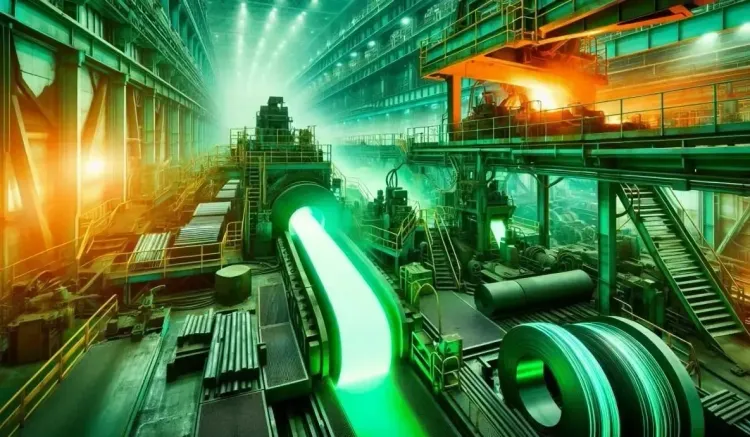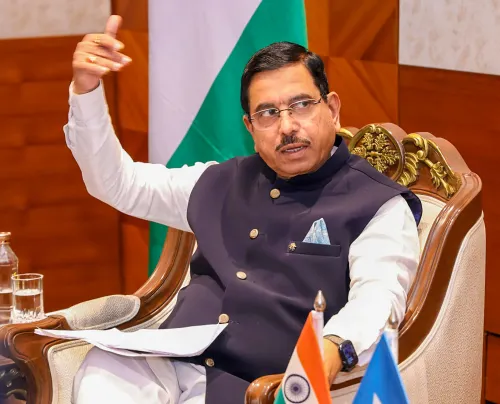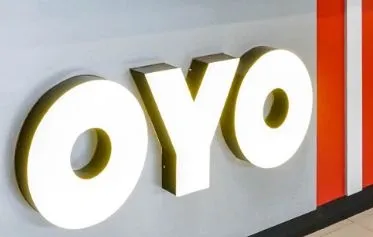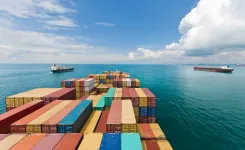Government Initiatives to Boost Green Steel Production and Lower Carbon Emissions: Minister

Synopsis
Key Takeaways
- Initiatives for green steel production.
- Investment of Rs 455 crore for pilot projects.
- Collaboration with global technology providers.
- Release of Taxonomy for Green Steel.
- Focus on sustainability and net-zero goals by 2070.
New Delhi, March 21 (NationPress) As part of its commitment to enhancing green steel production in India, the Ministry of Steel has initiated two pilot projects aimed at generating Direct Reduced Iron (DRI) utilizing 100% hydrogen in vertical shafts, along with an additional pilot project to integrate hydrogen into an existing blast furnace to minimize coal usage and reduce the carbon footprint, as informed to Parliament on Friday.
The Ministry of Steel has allocated Rs 455 crore for the execution of these pilot projects focused on the application of green hydrogen within the steel sector until FY 2029-30, under the National Green Hydrogen Mission initiated by the Ministry of New & Renewable Energy, as stated by Minister of State for Steel Bhupathiraju Srinivasa Varma in a written response to a query in the Rajya Sabha.
Public sector enterprises under the Ministry of Steel are also joining forces with notable technology partners like BHP from Australia, SMS from Germany, Primetal Technologies from the UK, John Cockerill India Limited from Belgium, Ram Charan Company Pvt Ltd, Chennai, the National Centre of Excellence in Carbon Capture and Utilisation at IIT Bombay, and Great Eastern Energy Corporation Ltd to advance low carbon steel production, the minister further elaborated.
Additionally, the Ministry has published a Taxonomy for Green Steel to establish criteria for identifying and classifying low-emission steel products.
A report titled "Greening the Steel Sector in India: Roadmap and Action Plan" has also been released, aligning with the suggestions of the 14 Task Forces set up by the Ministry to outline a future pathway for green steel and sustainability, aiming for a net-zero target by 2070.
In response to another inquiry, the minister mentioned that India and Japan are engaged in discussions regarding key collaboration areas within the steel sector, focusing on economic trends, industry changes, and global challenges affecting both countries. These discussions included the current landscape of the steel industry in both nations, details on India's Quality Control Orders, the effects of overproduction by certain countries, and cooperation on capacity-building initiatives.
There exists a Memorandum of Cooperation between the Indian Ministry of Steel and Japan's Ministry of Economy, Trade and Industry (METI) to foster collaboration in the steel industry. However, as the steel sector operates under a deregulated framework, investment decisions by steel companies are made based on commercial interests without government intervention, the minister concluded.









